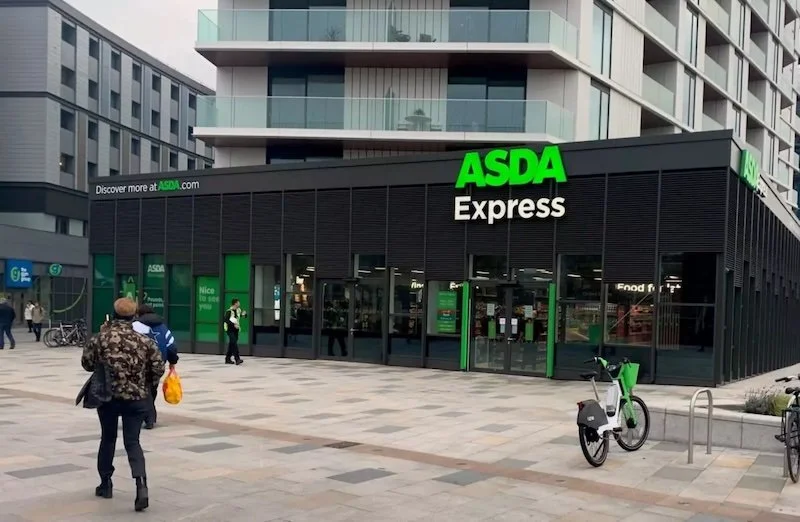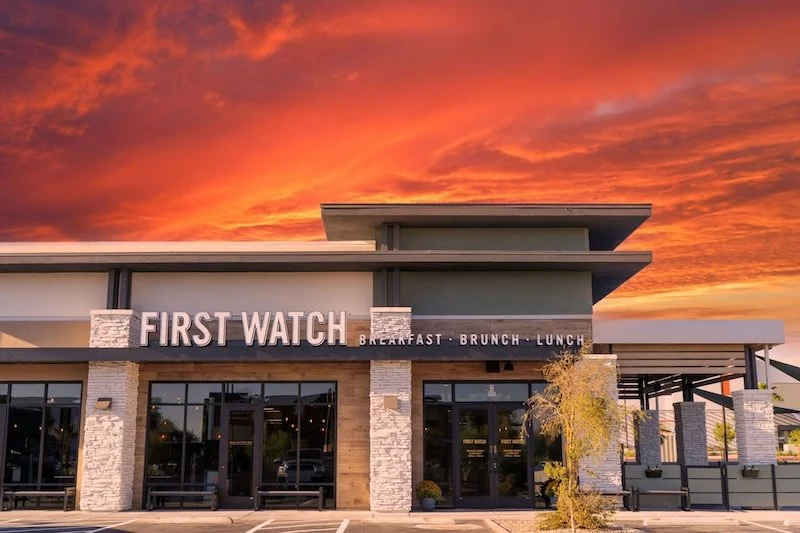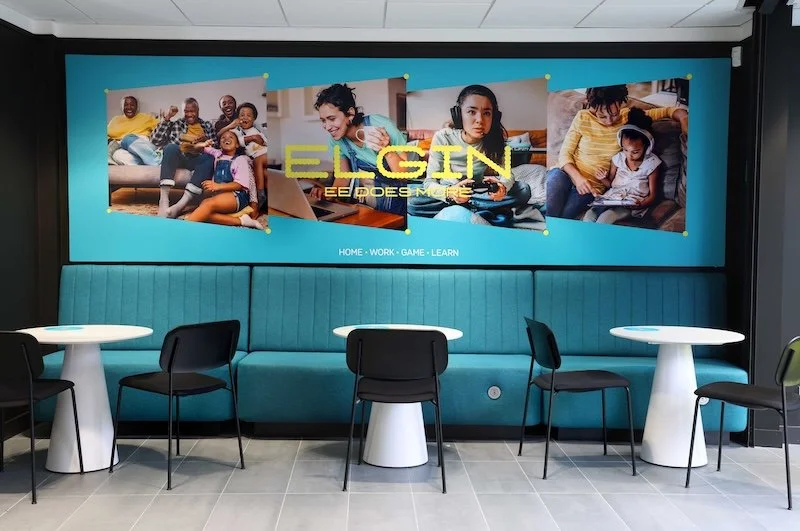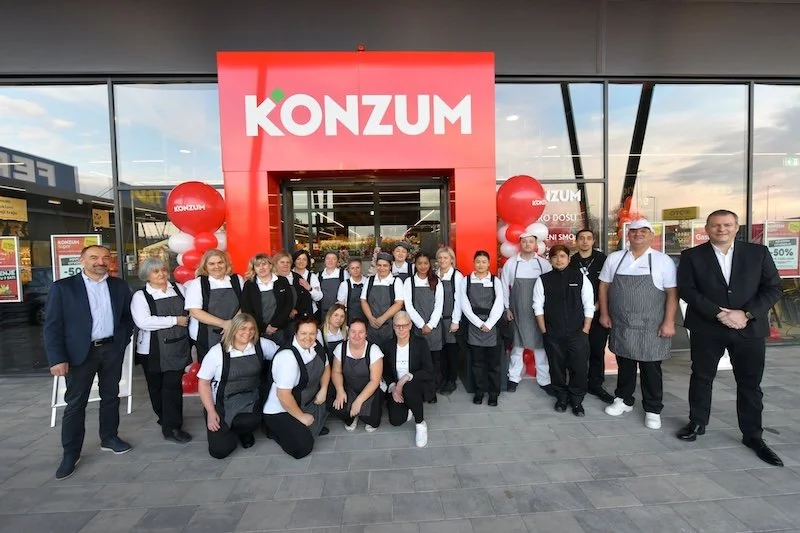Convert-sational commerce: how to use web chat to drive online sales
New research has revealed the dramatic impact web chat can have on sales conversion rates, so why aren’t more retailers using it? Recently released Forrester data shows that online shoppers who use web chat are 2.8 times more likely to convert than those who don’t.
And, according to a benchmark study by Bold360, a customer who chats is likely to spend an average of 60% more. But, with only one-in-ten major retailers currently using live chat, there’s a real opportunity for retail businesses to drive competitive advantage if they get their web chat offering right.
Here, Josie Byrne, Account Director at Black Pepper Software, outlines six ways retailers can harness the power of live chat to drive online sales performance.
1. Be upfront and proactive
Online customers want their product queries answered quickly and with minimum fuss. In fact, a recent report by Kayako shows that 41% of consumers prefer to use live chat instead of email, phone and social media support because of its immediacy. This means from a user experience (UX) perspective, it’s important to have your live chat capabilities clearly visible to shoppers.
Don’t make the mistake of hiding live chat in your ‘contact us’ section alongside email and social channels, expecting customers to navigate through your site to find it. Effective live chat should be proactive and upfront, initiated by the website before issues escalate, guiding your customer seamlessly towards a sale.
2. Spam doesn’t sell
The key here is to add real value for your customer, while also improving your sales conversion rate. Customers welcome proactive chat, but they don’t want to be spammed, so retailers need to identify the types of customers they want to proactively engage, the critical points of their shopping journeys and the right messages to use at each stage.
While each customer’s buying journey will be different, there are common criteria for initiating proactive chat. One effective strategy can be around engaging after a customer has viewed a pre-defined number of pages or has visited your website on a number of occasions. Alternatively, you could look at a shopper’s route to purchase, with live chat targeting customers that reach the site from a specific URL.
Using this information, chat can be automatically initiated for visitors who have looked at certain products, and allow tailored recommendations, further details on product benefits or even offers and promotions to be provided.
3. Know your customer
To reap the full benefit of chat, your chat agent should be aware of each visitor’s online behaviour before interaction with the customer begins. Agents should know the pages that the customer has visited, and whether that person has been on the site before, in order to personalise engagement and increase the likelihood of conversion.
4. Measure the performance of your chat agents
It’s not easy being a chat agent, and individual employees may occasionally need advice or additional training to ensure they offer the best possible service. You may also want to spot and praise star performers. Setting up and tracking a set list of KPIs for each agent is a great way of monitoring performance. This doesn’t just need to be linked to conversions – it can be linked to a post-chat questionnaire completed by customers and displayed on a dashboard segmented for individual agents, teams and across the company, making it easier to identify trends around what is driving value to customers.
5. Keep it personal…and on brand
Live chat is a one-to-one channel, so it needs to feel personal rather than robotic or automated. Customers need to be reassured they are talking with a human who is ready and equipped to help and enhance their customer experience at every stage of the buying journey. Pre-written messages can be used to initiate and end chat as well as at other key parts of a conversation to speed up the process, but they should be used sparingly.
The tone of voice used by the chat agent also needs to be on-brand to ensure consistent encounters across each touchpoint – a shopper on a fast fashion website, for example, will expect to be spoken to very differently compared to a luxury brand customer or someone making a high consideration purchase.
6. Don’t forget to provide a chat transcript
Live chat can be incredibly powerful, but there are occasions when it won’t convert a potential customer to sale immediately. That’s why it’s a great idea to email your potential customer with a transcript or key recommendations, so they can keep the advice you’ve made close to hand as they continue to consider their purchase.










Continue reading…